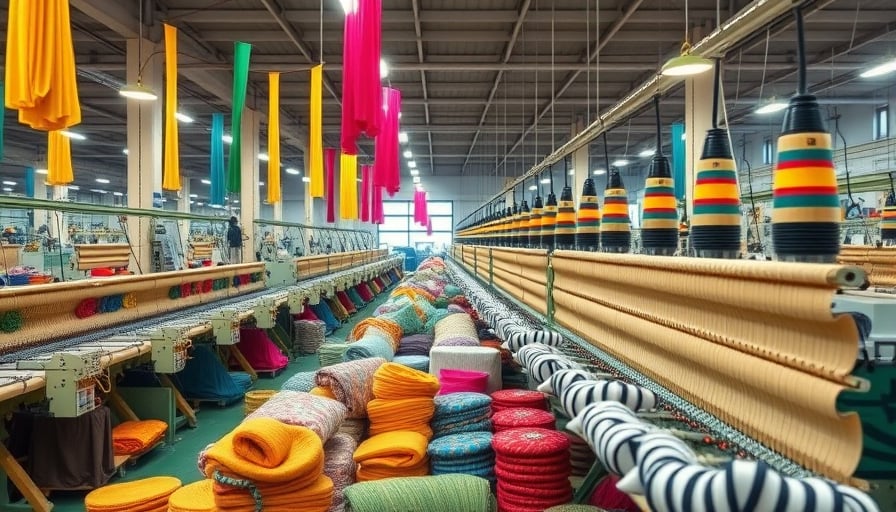INSAS BHD, a prominent Malaysian company listed on Bursa Malaysia, has been a key player in the textile and garment industry since its incorporation in 1983. Specializing in the production of textiles and garments, INSAS BHD operates primarily out of Kuala Lumpur and is recognized for its commitment to high-quality, innovative, and sustainable manufacturing practices. The company, whose name stands for “Inland Textiles and Garments Services Berhad,” has established itself as a leading manufacturer in Malaysia.
As of October 28, 2025, INSAS BHD’s stock closed at MYR 0.84, reflecting a slight decrease from its 52-week high of MYR 0.995, recorded on the same date. The company’s 52-week low was MYR 0.82, also noted on October 28, 2025. These figures indicate a relatively stable performance in the financial market over the past year. The company’s market capitalization stands at MYR 582,620,000, underscoring its significant presence in the sector.
Financially, INSAS BHD exhibits a price-to-earnings (P/E) ratio of 6.2, suggesting a moderate valuation relative to its earnings. This ratio is an important indicator for investors assessing the company’s profitability and growth potential. The P/E ratio, combined with the company’s market cap, provides insights into its financial health and investor confidence.
INSAS BHD’s strategic focus on sustainability and innovation in textile production aligns with global trends towards environmentally friendly and socially responsible manufacturing. This focus not only enhances the company’s competitive edge but also appeals to a growing segment of consumers and investors who prioritize sustainability.
In summary, INSAS BHD continues to be a significant entity in Malaysia’s textile and garment industry, with a strong emphasis on quality and sustainability. Its financial metrics, including the P/E ratio and market cap, reflect a stable and potentially attractive investment opportunity within the financial sector. As the company progresses, its commitment to innovation and sustainability is likely to remain central to its operations and growth strategy.
